🍷 How to Read Wine Labels: A Guide for Wine Lovers
Whether you’re a seasoned connoisseur or just venturing into the world of wine, the wine label is your first source of information. Labels are more than just decoration—they hold essential clues about a wine’s origin, quality, and style. Understanding what’s on the bottle empowers you to choose the perfect wine for any occasion.
📛 Brand Name: Your First Reference
Often, the name on the label is the first thing we notice. This could be the winery’s name—like Murillo Viteri Reserva—or a specific product name, such as Aranzubia Crianza. If you’ve enjoyed a bottle before, this name is your go-to reference.
🍇 Wine Category: What’s in the Bottle?
Every label must include the type of wine: red, white, rosé, sweet, sparkling, or semi-sparkling. This classification helps you quickly identify what you’re buying.
🏭 Producer & Origi
One of the most important pieces of wine label information is the producer’s name and where the wine was bottled. For example, bottles from Bodegas Murillo Viteri clearly state: “Bottled at Bodegas Murillo Viteri, Cenicero, Spain.”
🍾 Bottle Size
Standard bottles contain 75 cl, but larger formats like the 1.5-litre Magnum are ideal for celebrations.
📍 Geographical Indication
The Denomination of Origin (DO) tells you where the grapes were grown and ensures quality. Rioja DOCa is one of Spain’s top-rated and most regulated wine regions. Authentic Rioja bottles include a unique seal showing the vintage year and wine type.
🔥 Alcohol Content
The alcohol by volume (ABV) reflects the body and richness of the wine. A higher ABV often signals a fuller-bodied experience.
🔢 Batch & Registry Numbers
Although less relevant to consumers. these numbers support traceability and sanitary control. They’re mandatory parts of EU wine labelling regulations.
⚠️ Allergen Information
Wines containing sulphites must include a warning on the label. This protects individuals with allergies or sensitivities.
✨ Optional Details That Enhance the Experience
Many wineries include extra information to help you better enjoy the wine, even though it’s not mandatory:
- Aging type: young, crianza, or reserva
- Grape variety: e.g., Tempranillo, Garnacha
- Vintage year: the harvest year
- Tasting notes and serving tips
These details enrich the experience and help you choose a wine that suits your preferences.
🥂 Final Thoughts: Uncork and Enjoy
Now that you know how to read wine labels, you can approach the wine aisle with confidence. Look beyond the design—read the label, and let the bottle guide you to your next favorite wine.
Bodegas Murillo Viteri – Rioja Wines
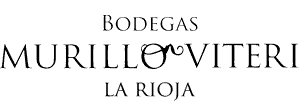
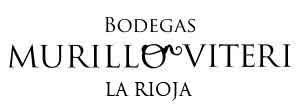


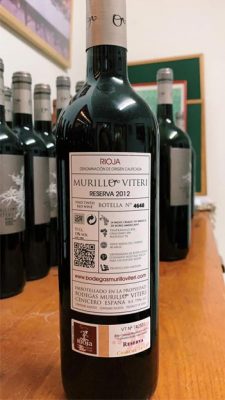
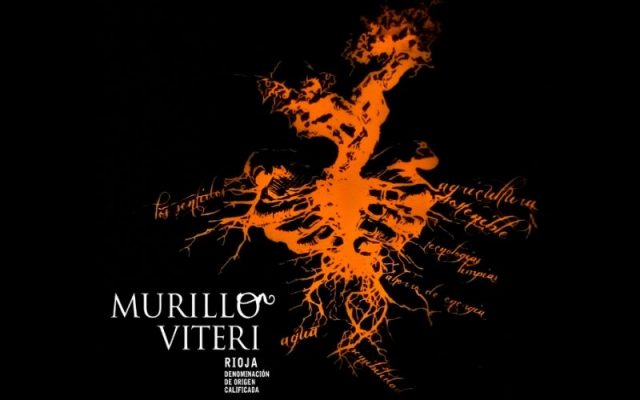
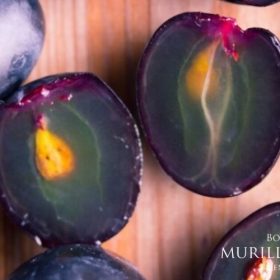
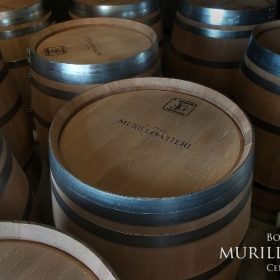


 Deutsch
Deutsch Français
Français Italiano
Italiano Nederlandse
Nederlandse